Wine tasting in iconic Châteauneuf-du-Pape
time, I knew almost nothing about wine except that I liked to drink it.
I happened to be in Chateauneuf-du-Pape just in time for the harvest, but it wasn’t planned at all. I just wanted to taste some rosés, take home my favorites, and check “French vineyard experience” off my list. And boy, did I do that!
I visited a vineyard called Domaine de Beaurenard. It’s just off the main street of the village.
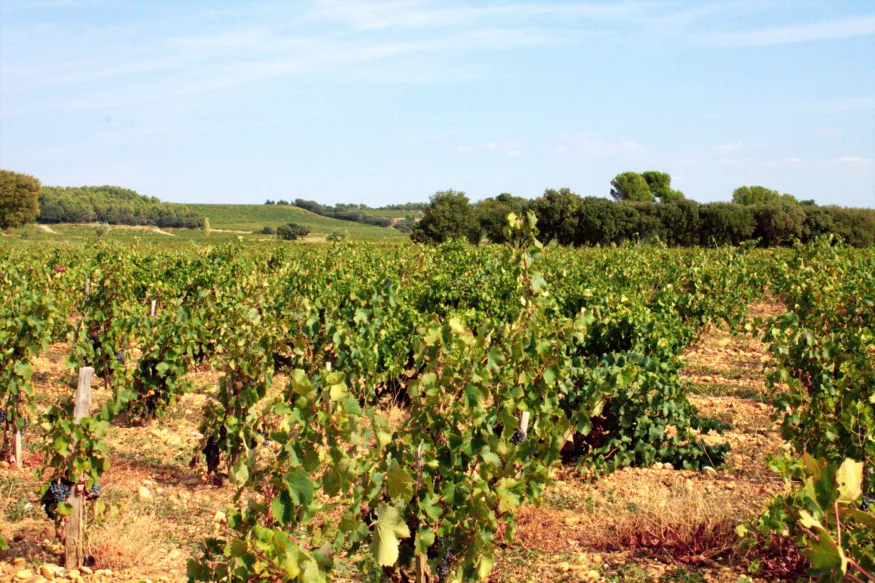
The history of wines in Châteauneuf-du-Pape
The entire region of Châteauneuf-du-Pape was developed in the 14th century. Back then, the former Archbishop of Bordeaux, Pope Clement V, boldly moved the papacy to the nearby city of Avignon. He had his papal palace built there. Overwhelmed by the quality of the soil in and around Châteauneuf-du-Pape, he and his successor, Pope John XXII, were instrumental in developing the region’s wines, and it has been wine-growing ever since.
Domaine de Beaurenard, in particular, was founded in the 16th century. Since then, it has been passed down from one generation of Coulons to the next. Even today, it is still very much a family business.
Visiting a winery in Châteauneuf-du-Pape
The first step in any wine tasting experience is an actual tour of the winery’s various spaces, from the showroom to the cellars. Daniel Coulon, the owner, took me on a tour of the property. He explained the purpose, challenges, and function of each room that we passed. Running a winery, let alone a successful one, is no small feat. The amount of work involved is enormous. Having been in the business his whole life – much like a dozen generations of men before him – Daniel knew everything about wine like the back of his hand. It was crucial in helping me understand the delicate, complex world of vignerons.
Châteauneuf-du-Pape is one of France’s 300 appellation d’origine contrôlée wines, an AOC. Precisely like Bordeaux and Camembert — a French certification reserved for goods created under a strict set of rules in specific areas of France; this is why only the Champagne produced in the region of Champagne can claim to be called as such.
+
france travel tips
My favourite & most beautiful villages in France
The reason Châteauneuf-du-Pape wines are so special and so meticulously cared for is that 13 different grape varieties are used, in proportions that vary from winery to winery. They also benefit from a unique soil that is covered with a layer of gravel. This helps retain the intense heat of the Provençal sun during the day and slowly releases it at night, thus accelerating the ripening of the grapes. That, I soon discovered, is unique in Châteauneuf-du-Pape.
Luckily, my visit coincided with harvest season. So I actually got to see workers in the early stages of winemaking as they hand-picked grapes from the sun-drenched vines of the fully biodynamic, organic Beaurenard vineyard and placed them in vats to ferment.
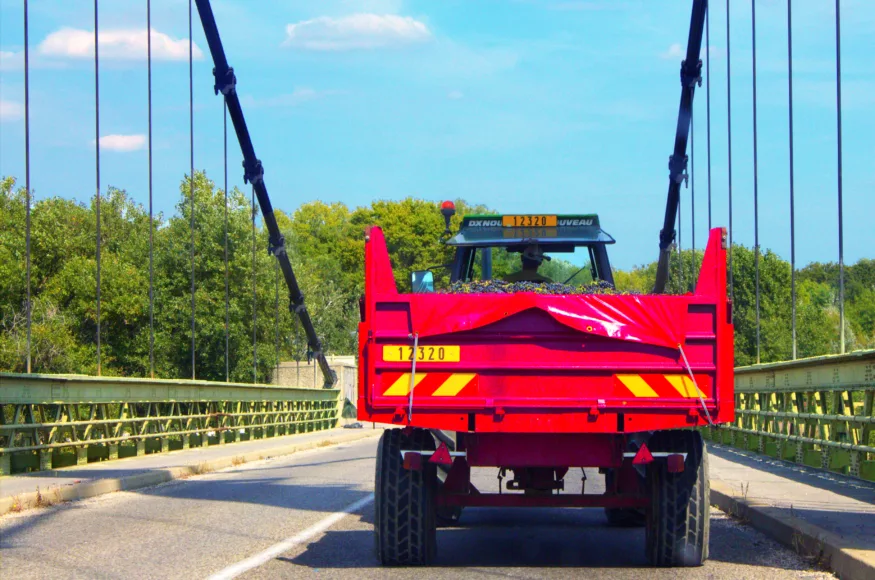
How to plan a wine tasting in the South of France
- Consider popular wine guides or publications that highlight the best wineries in the region.
- Decide if you prefer smaller, family-owned wineries or larger, well-known estates. Keeping in mind that smaller wineries may offer a more intimate experience, while larger ones often have guided tours and extensive facilities.
- Determine what kind of wine tasting experiences each winery offers (e.g., guided tours, cellar visits, food pairings).
- Additionally, if eco-friendly practices are essential to you, consider wineries that follow sustainable or organic farming methods.
- Prioritize wineries in historic châteaux or surrounded by vineyards for a charming ambiance.
- Verify if winery visits require reservations in advance, especially during peak tourist seasons.
- Ensure the wineries you plan to visit will be open during your travel dates. This is especially important in late August and September, when grapes are being harvested.
- Aim for a diverse itinerary with a mix of well-known wineries and hidden gems.
- Consider hiring a local wine tour guide for in-depth insights into the region and its wines.
Remember, the joy of wine tasting is in exploring different flavors and discovering the uniqueness of each winery and wine-growing region. Enjoy your wine-themed holiday in the South of France!
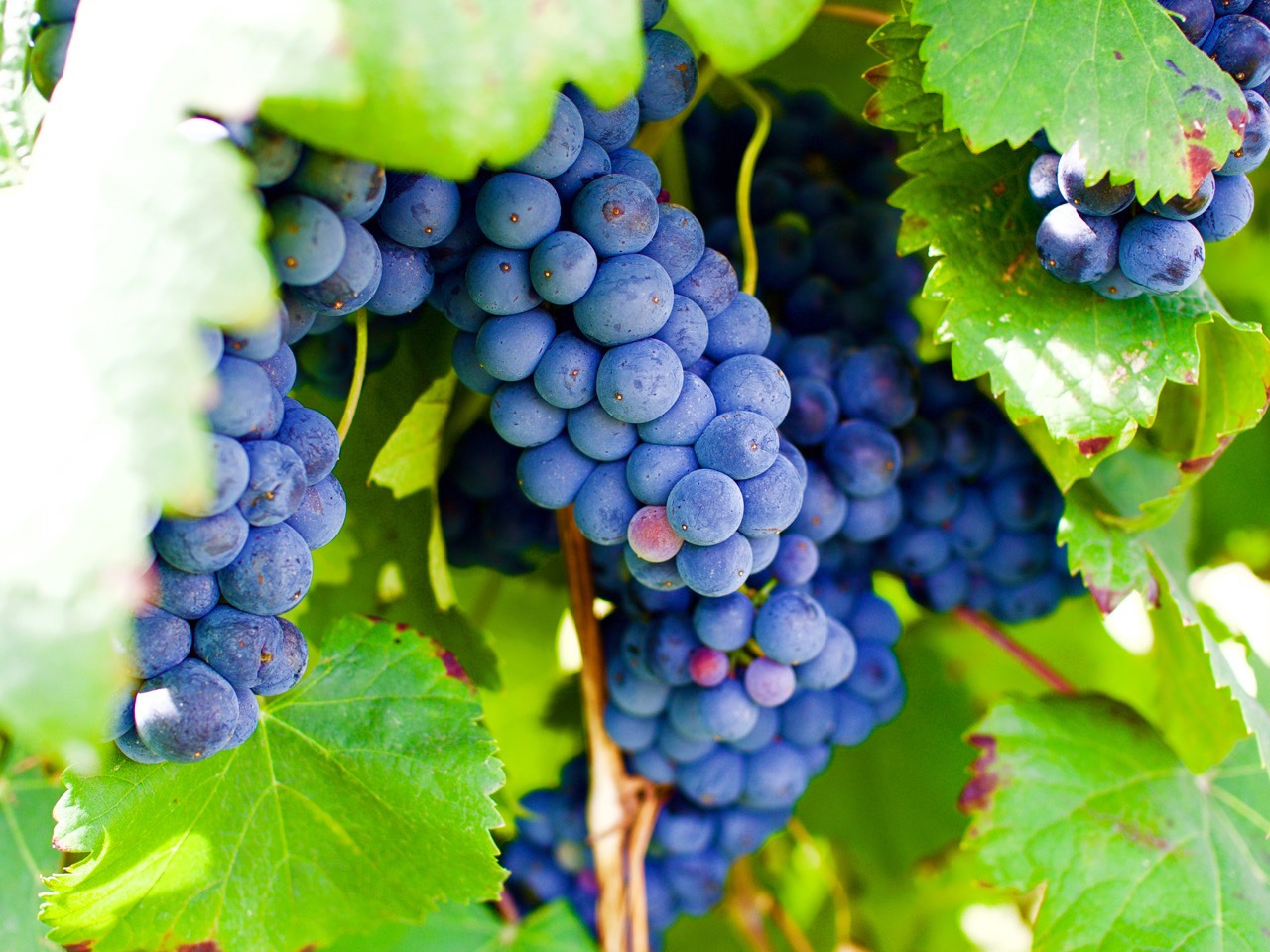
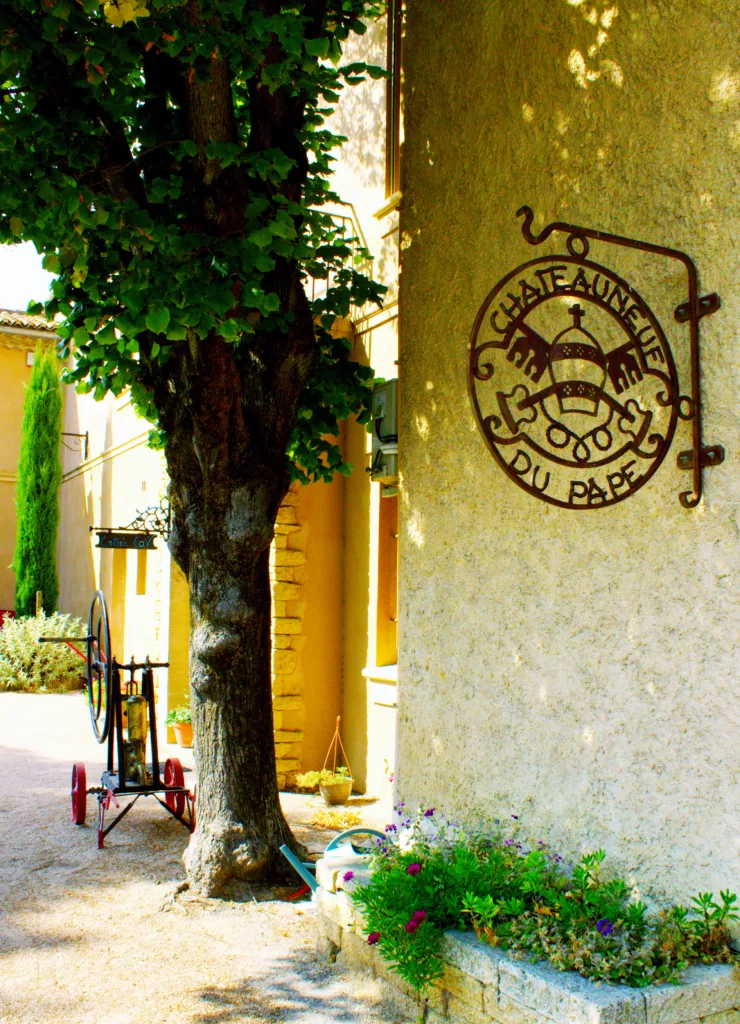
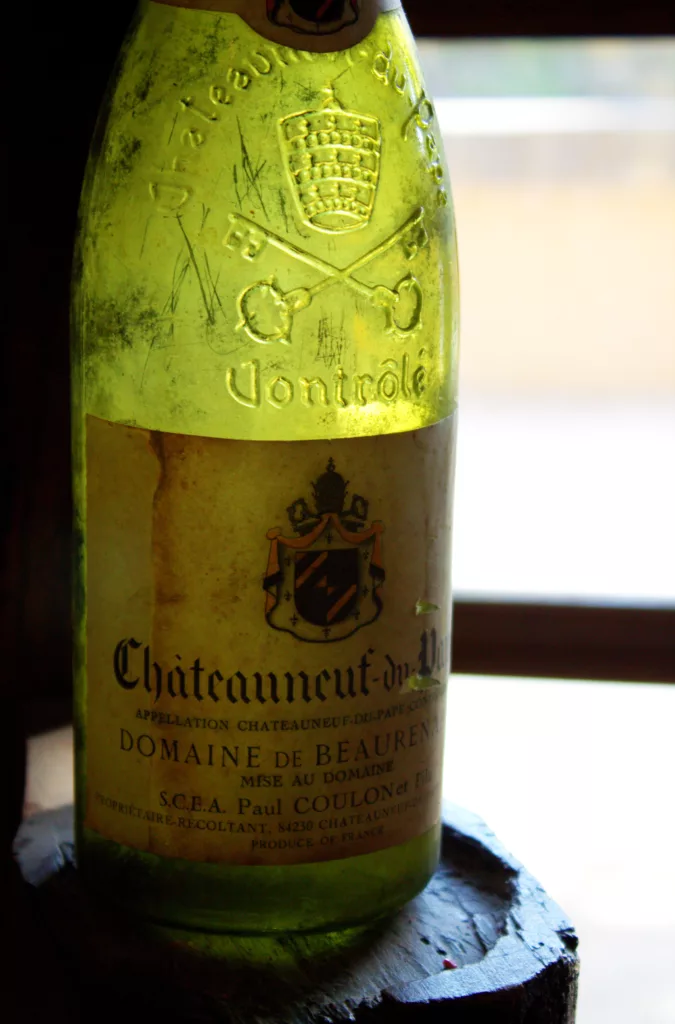
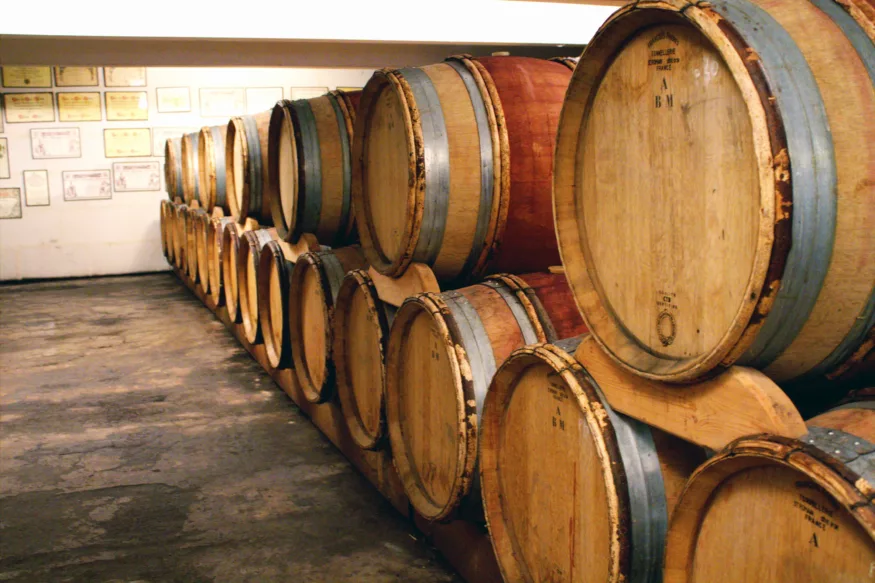
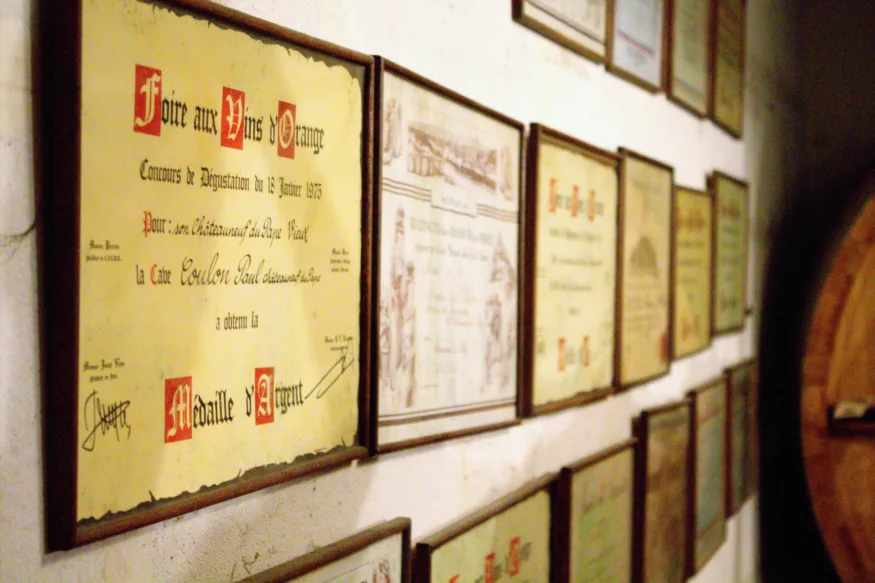
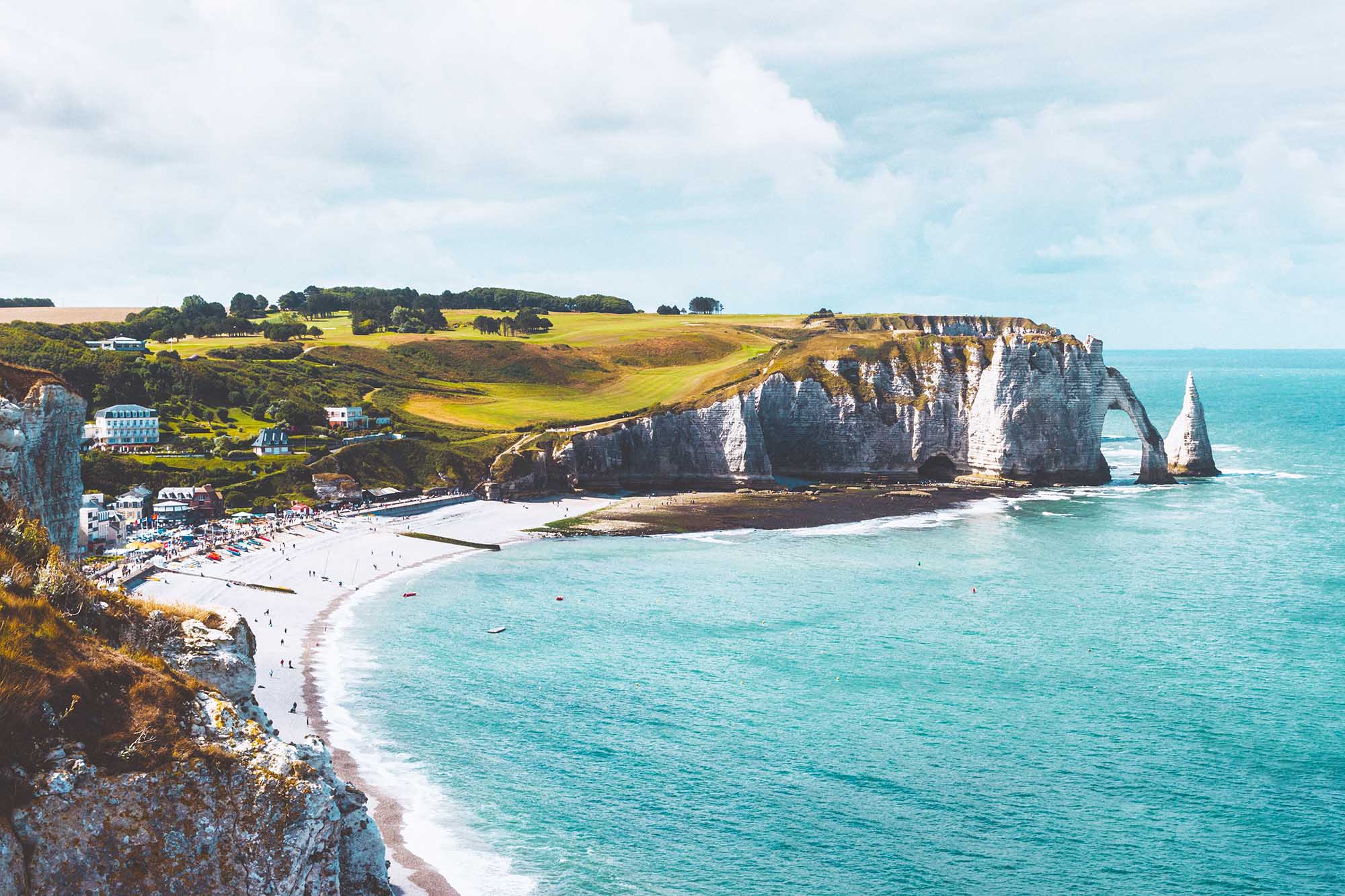
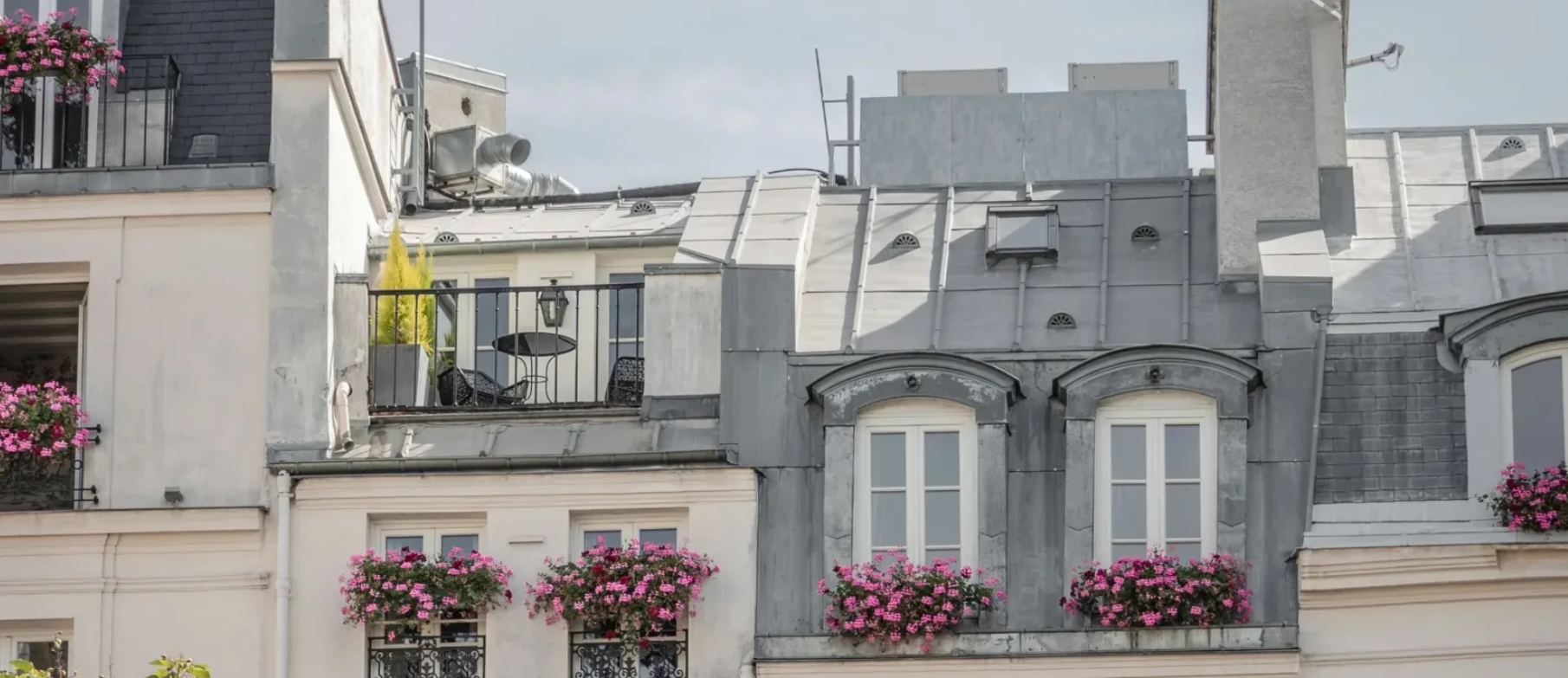
Post Comment